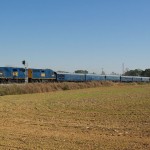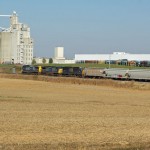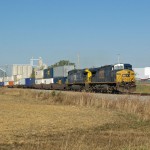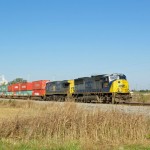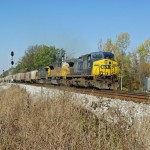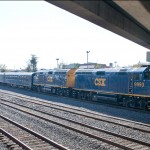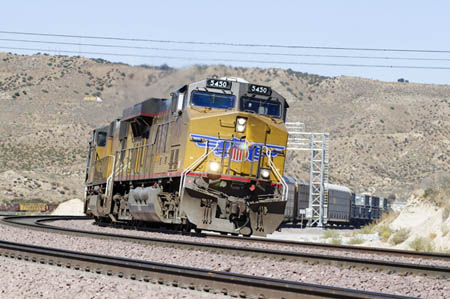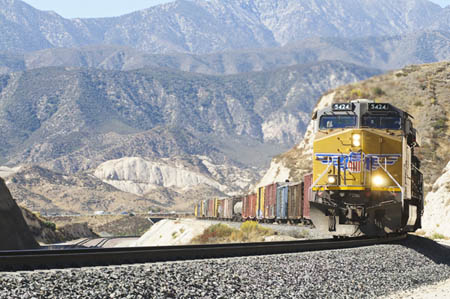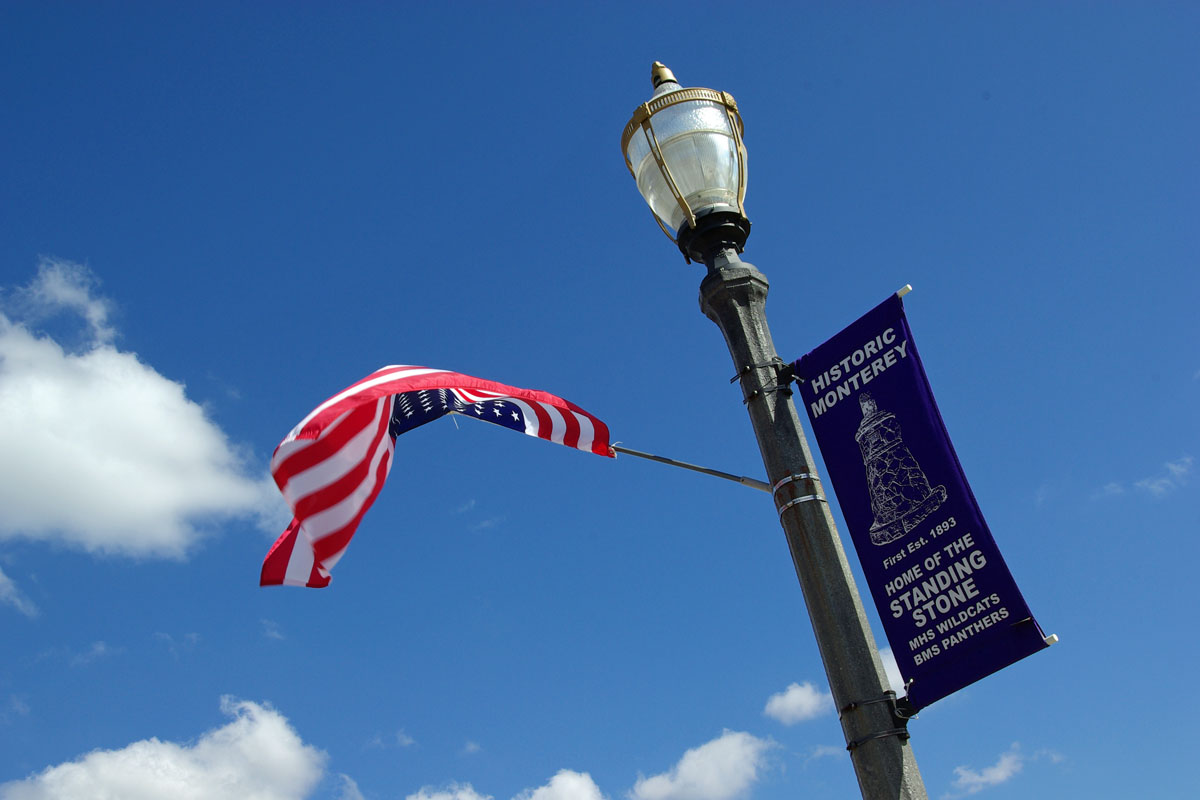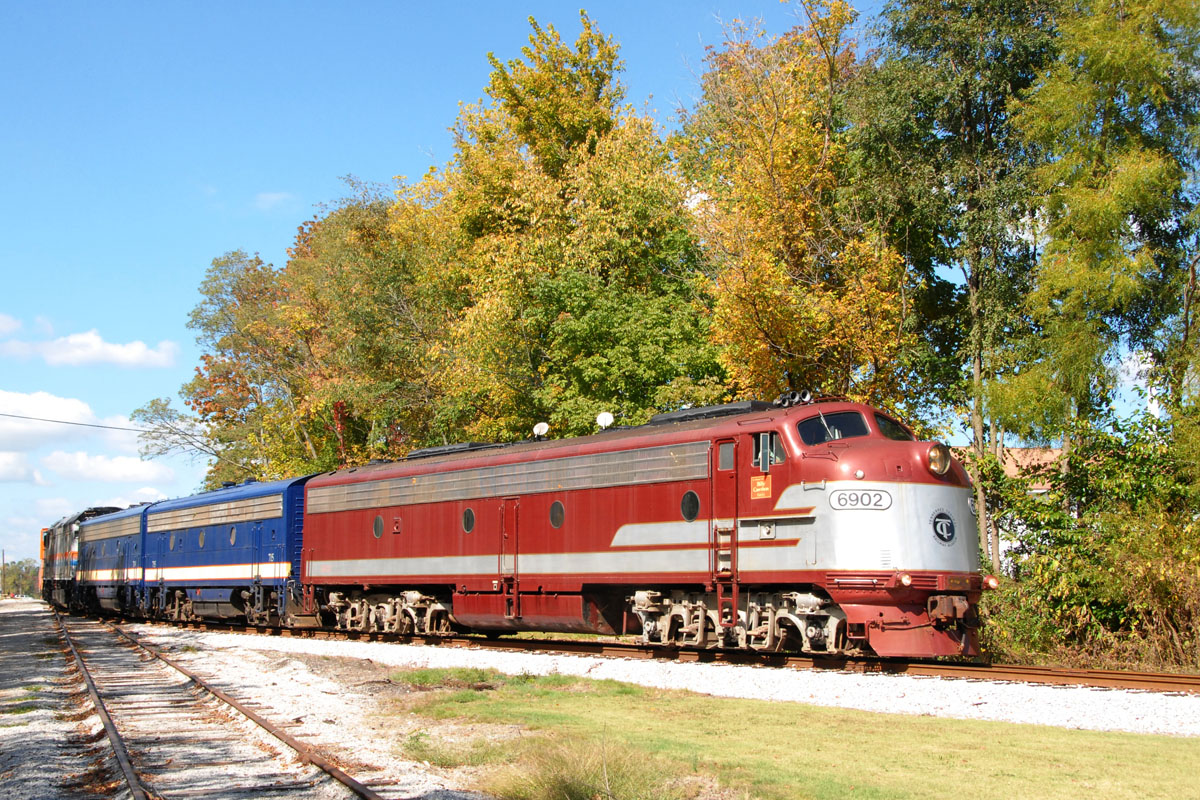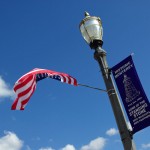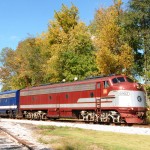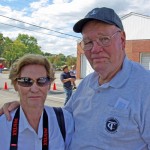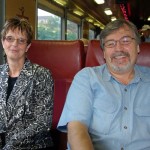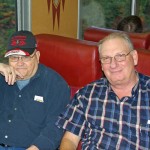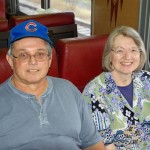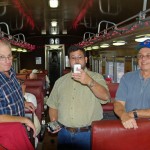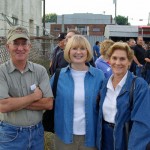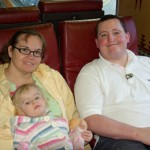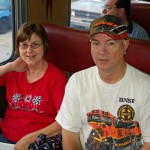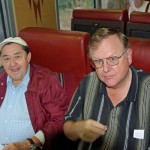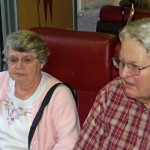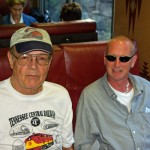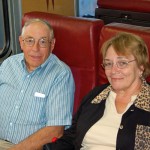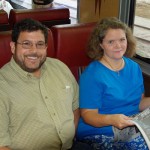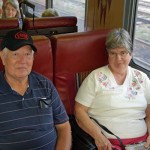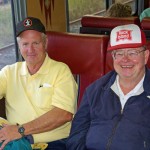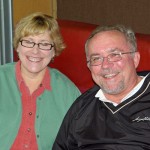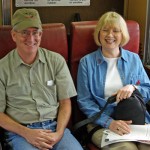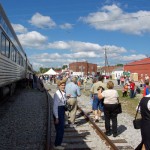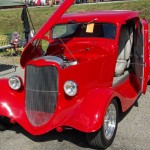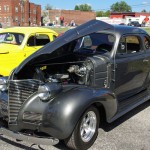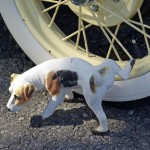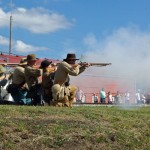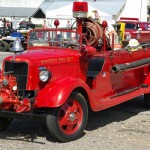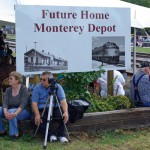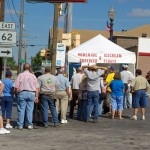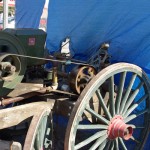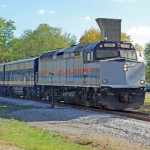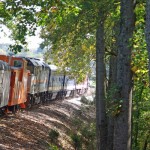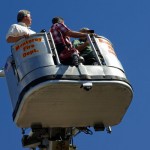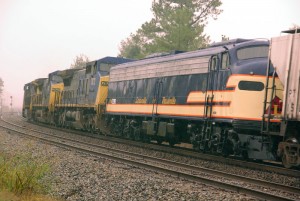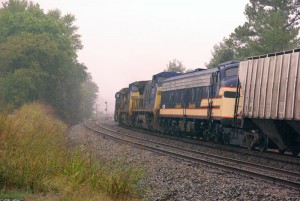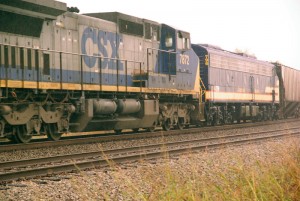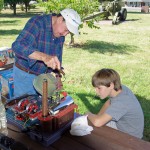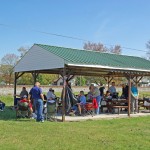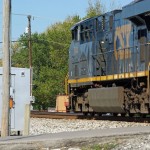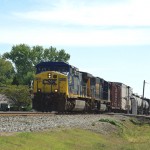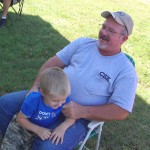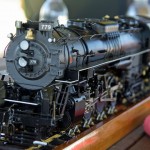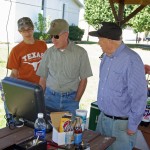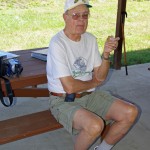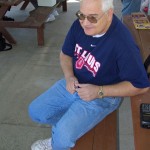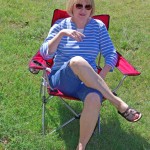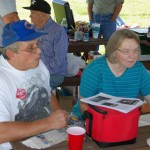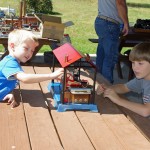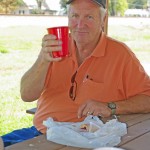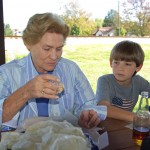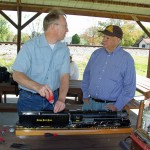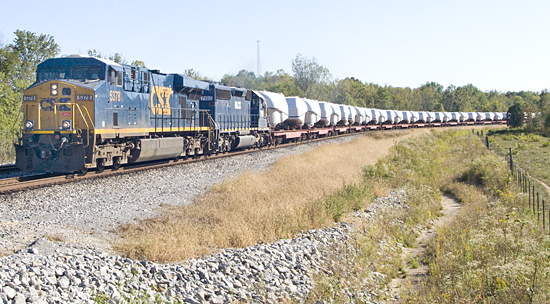From California Railfan/Railroad Group Posting
WASHINGTON — The Senate has passed, by a 74-24 vote, the Rail Safety Improvement Act of 2008, and its companion, the Passenger Rail Investment and Improvement Act of 2008.
Sen. Barack Obama (D-Ill.) voted “yes.” Sen. John McCain (R-Ariz.) voted “no.” The vote took place the evening of Oct. 1.
As the House previously voted in favor of the legislation, the two bills, packaged together, now move to the White House. Rep. John Mica of Florida, the senior Republican on the House Transportation & infrastructure Committee, said Oct. 2 that he was informed by the White House that President Bush will sign the measure into law.
This is the most comprehensive rail safety bill in more than 30 years. It provides for certification of conductors, along with a minimum training requirement.
Additionally, it prohibits carriers from interfering with medical treatment of injured employees, mandates installation of positive train control, and offers railroads incentives to install electronically controlled pneumatic (ECP) brakes and switch position indicators.
Significantly, the safety bill caps limbo time and requires at least two days off following each six-day work week. But a provision permits general chairpersons to negotiate with carriers a better balance between time off and earnings, while preserving guaranteed time off.
Also of signficance, the legislative history of the bill supports two sets of eyes and ears in the locomotive cab, notwithstanding the installation of PTC.
The Amtrak portion of the bill contains a blueprint to protect Amtrak and expand intercity rail passenger service. It supports a five-year cumulative $13.1 billion federal subsidy to Amtrak, provides seed money for the development of additional high-speed rail corridors, and permits the Surface Transportation Board to fine host freight railroads that delay Amtrak trains.
Following are major provisions of the rail safety bill
Conductor certification: Within 18 months of the bill´s becoming law, the FRA must establish a program to certify conductors, including minimum training standards.
Positive Train Control: Requires installation of positive train control by Dec. 31, 2015, on all main-line track where intercity passenger and commuter railroads operate, and where toxic-by-inhalation hazmat is transported. Also, grants are provided to assist railroads in implementing ECP brakes and switch-position indicators.
Hours-of-Service: Requires at least 10 consecutive uninterrupted hours off duty following 12 hours on duty. (There is a three-year exception for passenger train employees, during which time their hours of service limitations will be studied by the FRA.)
No freight railroad employee covered by the hours-of-service law may be called to work unless they have had at least 10 uninterrupted hours off during the prior 24-hour period. And following each six days of work, a covered employee must be given 48 hours of uninterrupted time-off at their home terminal. If the carrier requires that employee to work a 7th day — even if it is to return them to their home terminal — then the uninterrupted time-off at the home terminal must be at least 72 hours.
As to limbo time, no employee covered by the hours-of-service law may be placed in limbo time after they have been on duty, waited for deadhead transportation or been in any other mandatory service for more than a total of 276 hours in any month.
And total limbo time per month is restricted to no more than 40 hours — reduced to 30 hours on the first anniversary of the bill´s becoming law. The bill permits general chairpersons to sit down with carrier labor relations officers and negotiate a better balance between time off and earnings, while preserving guaranteed time off.
Locomotive Cab Safety: Requires the FRA study the safety impact of the use of train crews using personal electronic devices. (The UTU has learned that the FRA already is considering issuing an emergency order prohibiting train crews from using personal cell phones, Blackberries, iPods and other electronic devices, except for company business — and then only when two-crewpersons are in the cab.)
Medical Attention: Prohibits railroads from denying, delaying, or interfering with the medical or first aid treatment of injured workers, and from disciplining those workers that request treatment. Also requires railroads to arrange for immediate transport of injured workers to the nearest appropriate hospital.
Inspector Staffing: Increases the number of federal rail safety inspectors and supporting staff by 200.
Following is a summary of the Amtrak provisions
State Corridors: Federal grants are provided to states to develop innovative new services, increase capacity on heavily used rail lines, and attract new riders.
High-Speed Rail Corridors: Grants are provided to construct 11 to-be-determined high-speed rail corridors.
On-Time Performance: DOT and the Surface Transportation Board (STB) must investigate Amtrak delays and determine if they are the fault of the host railroad. If so, host rail carrier may be ordered to pay Amtrak monetary damages.
Click Here to read the 315-page bill, including the rail safety and Amtrak provisions.

